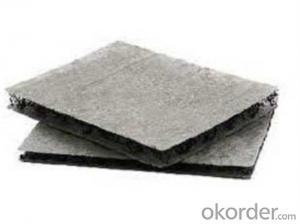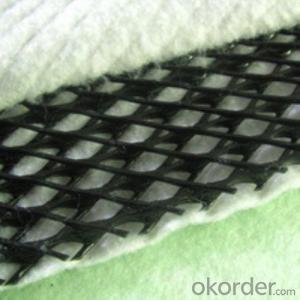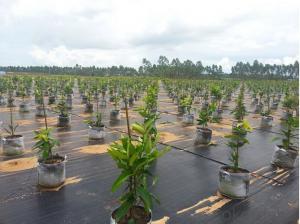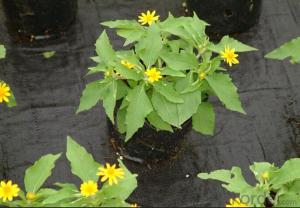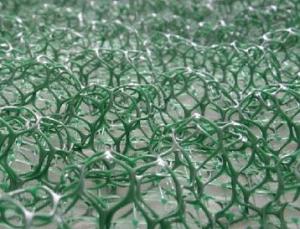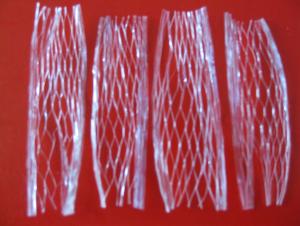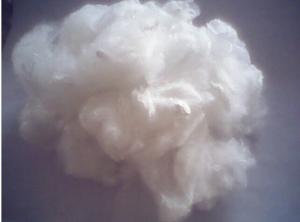Composite Soil Drainage Network for Architectural Engineering
- Loading Port:
- Qingdao
- Payment Terms:
- TT or LC
- Min Order Qty:
- 8000 m²
- Supply Capability:
- 100000 m²/month
OKorder Service Pledge
OKorder Financial Service
You Might Also Like
Composite Soil Drainage Network for Architectural Engineering
Description Of Composite Soil Drainage Network for Architectural Engineering
Composite material is a general term for the synthetic materials used in civil engineering. As a kind of civil engineering materials, it is to synthetic polymers, such as plastics, chemical fiber, synthetic rubber as raw material, made of various types of products, placed inside the soil, surface, or various kinds of soil play to strengthen or to protect the soil. The application of the technology of soil engineering synthetic materials will be divided into the type of the material of the soil, the soil, the soil, the special material and the composite. The special materials for the special materials include the soil engineering film bag, the soil engineering net, the geotechnical mesh pad, the soil working chamber, the soil texture, the bentonite mat, the polystyrene foamed plastics (EPS), etc.. The composite material is made from the above mentioned materials, such as composite coating, composite material, composite material, composite waterproof and drainage (drainage), etc..
Main Features of Composite Soil Drainage Network for Architectural Engineering
The advantages of the composite is that the weight is light, and the overall continuity is good (can be made into a large area of the whole), construction is convenient, high tensile strength, corrosion resistance and resistance to microorganisms. The disadvantage is that, without special treatment, anti ultraviolet ability, such as exposure to ultraviolet radiation, is easy to aging, but if not directly exposed, the anti aging and durability performance is still high.
Applications of Composite Soil Drainage Network for Architectural Engineering
1, for the stability of highway, railway roadbed.
2, used to bear the weight of the embankment and shallow water treatment.
3, used to prevent the landslide and the load of the gravity of the hybrid retaining wall.
IMages of Composite Soil Drainage Network for Architectural Engineering
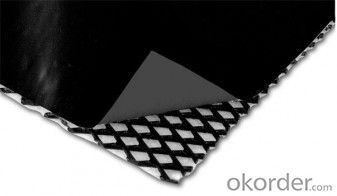

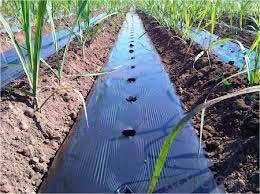
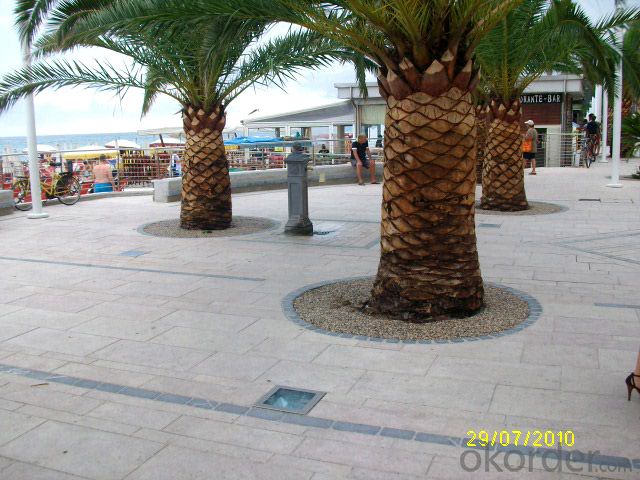

FAQ:
1. What are we supplying?
We are specialized in producing .geotextile , geocell, geogrid, geomembrane
2. How Many years experience do we have?
We have been exported to more than 15 countries in the past 10 years.
3. How long do we usually reply your request?
We always reply our customer within 12 hours.
- Q:What are the different weight options available in earthwork products?
- The weight options available in earthwork products can vary depending on the specific product. Some common weight options include lightweight, medium-weight, and heavy-duty options. These different weight options cater to various applications and requirements in earthwork projects, allowing for flexibility and suitability in different scenarios.
- Q:What are the benefits of using geotextile mats in roadway reinforcement systems?
- Geotextile mats offer numerous benefits in roadway reinforcement systems. Firstly, they improve the stability and load-bearing capacity of the road by distributing the applied loads more evenly. This helps prevent rutting, potholes, and structural failures. Secondly, geotextile mats act as a barrier, preventing the mixing of base materials and subgrade soils, which reduces the risk of contamination and erosion. Additionally, these mats enhance drainage by allowing the passage of water while preventing the loss of fine particles. This helps to maintain the road's structural integrity and prevent water-related damages. Lastly, geotextile mats are cost-effective as they require minimal maintenance and prolong the lifespan of the roadway, reducing the need for frequent repairs and replacements.
- Q:Why is material durability so important in civil engineering?
- In civil engineering, each project provides a certain number of years of use, generally at least 50 years, the construction has its function, he wants to human life and production services, think if you repair a building, with less than 5 years can not afford to wind and rain, hot and cold erosion and crumbling, which is not only a waste of financial and material resources, but also people's lives and property do not respect, not responsible.
- Q:What is the purpose of using geocells in highway shoulder stabilization projects?
- The purpose of using geocells in highway shoulder stabilization projects is to provide structural support and reinforcement to the soil, preventing erosion, and maintaining the integrity of the shoulder.
- Q:Are earthwork products available in various colors and finishes?
- Yes, earthwork products are available in various colors and finishes.
- Q:What are the benefits of using geogrids in reinforced soil structures?
- There are several benefits of using geogrids in reinforced soil structures. Firstly, geogrids enhance the stability and load-bearing capacity of the soil, allowing for the construction of taller and steeper structures. They distribute the loads more evenly, reducing the risk of settlement and failure. Additionally, geogrids help in soil erosion control by preventing soil particles from being washed away. They also provide long-term durability, as they are resistant to environmental factors such as corrosion and chemical degradation. Overall, geogrids improve the performance and longevity of reinforced soil structures, making them a cost-effective and sustainable solution.
- Q:Are earthwork products resistant to frost and freeze-thaw cycles?
- Yes, earthwork products such as compacted soil, gravel, and certain types of retaining walls are generally resistant to frost and freeze-thaw cycles. However, the resistance may vary depending on the specific material and construction technique used. Proper design and installation practices, including appropriate drainage and insulation measures, can help enhance the resistance of earthwork products to these weather conditions.
- Q:How are geosynthetic clay liners used in mining applications?
- Geosynthetic clay liners (GCLs) are commonly used in mining applications as a barrier system for containment and environmental protection. They are installed in areas where mining activities may generate contaminated water or leachates that can potentially harm the surrounding environment. GCLs act as a barrier to prevent the migration of pollutants, including heavy metals and chemicals, by providing an impermeable layer that prevents the leachates from reaching the ground or groundwater. Additionally, GCLs are used in the construction of tailings dams to minimize seepage and ensure the safe containment of mining waste materials. In summary, GCLs play a crucial role in mining applications by providing an effective and reliable solution for containment and environmental protection.
- Q:On the inorganic non-metallic materials engineering (civil materials) jobs and treatment, there are friends in this area want to introduce.
- Civil direction is generally into the iron, in the construction of the construction unit it
- Q:What are the advantages of using earthwork products?
- There are several advantages to using earthwork products. Firstly, earthwork products are typically made from natural materials, such as clay or soil, which makes them environmentally friendly and sustainable. Secondly, these products are cost-effective as they can often be sourced locally, reducing transportation costs. Additionally, earthwork products have excellent thermal properties, providing insulation to buildings and reducing energy consumption. Lastly, these products are versatile and can be used for various applications, including landscaping, construction, and erosion control, making them a practical choice for many projects.
1. Manufacturer Overview |
|
|---|---|
| Location | |
| Year Established | |
| Annual Output Value | |
| Main Markets | |
| Company Certifications | |
2. Manufacturer Certificates |
|
|---|---|
| a) Certification Name | |
| Range | |
| Reference | |
| Validity Period | |
3. Manufacturer Capability |
|
|---|---|
| a)Trade Capacity | |
| Nearest Port | |
| Export Percentage | |
| No.of Employees in Trade Department | |
| Language Spoken: | |
| b)Factory Information | |
| Factory Size: | |
| No. of Production Lines | |
| Contract Manufacturing | |
| Product Price Range | |
Send your message to us
Composite Soil Drainage Network for Architectural Engineering
- Loading Port:
- Qingdao
- Payment Terms:
- TT or LC
- Min Order Qty:
- 8000 m²
- Supply Capability:
- 100000 m²/month
OKorder Service Pledge
OKorder Financial Service
Similar products
New products
Hot products
Related keywords
